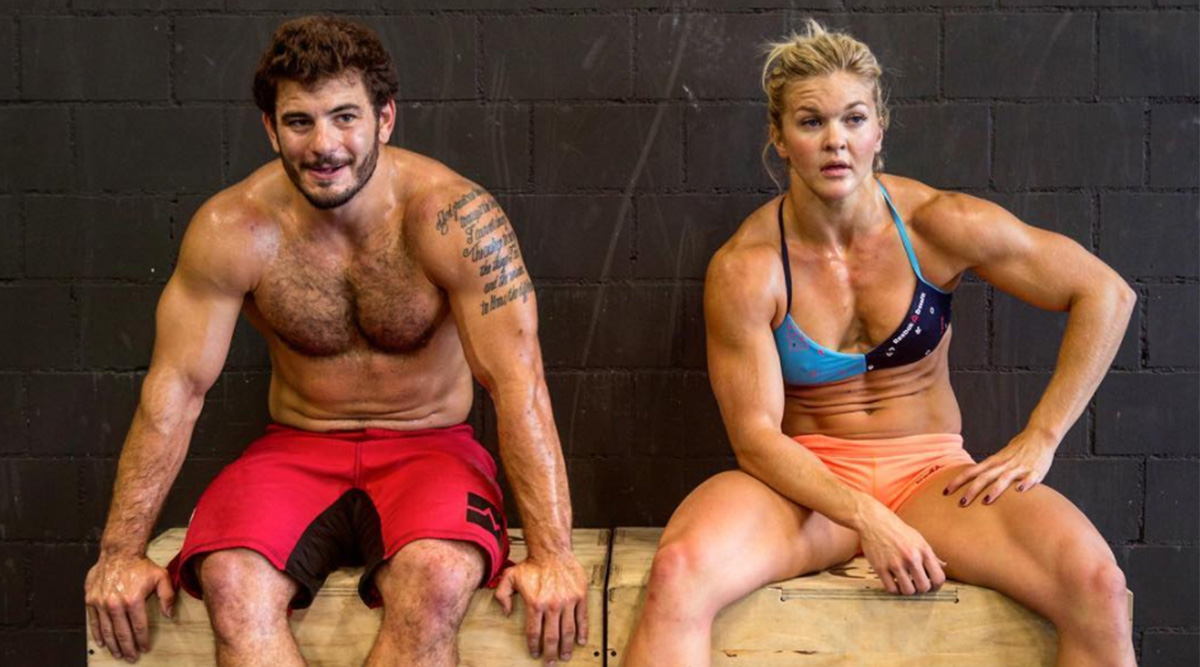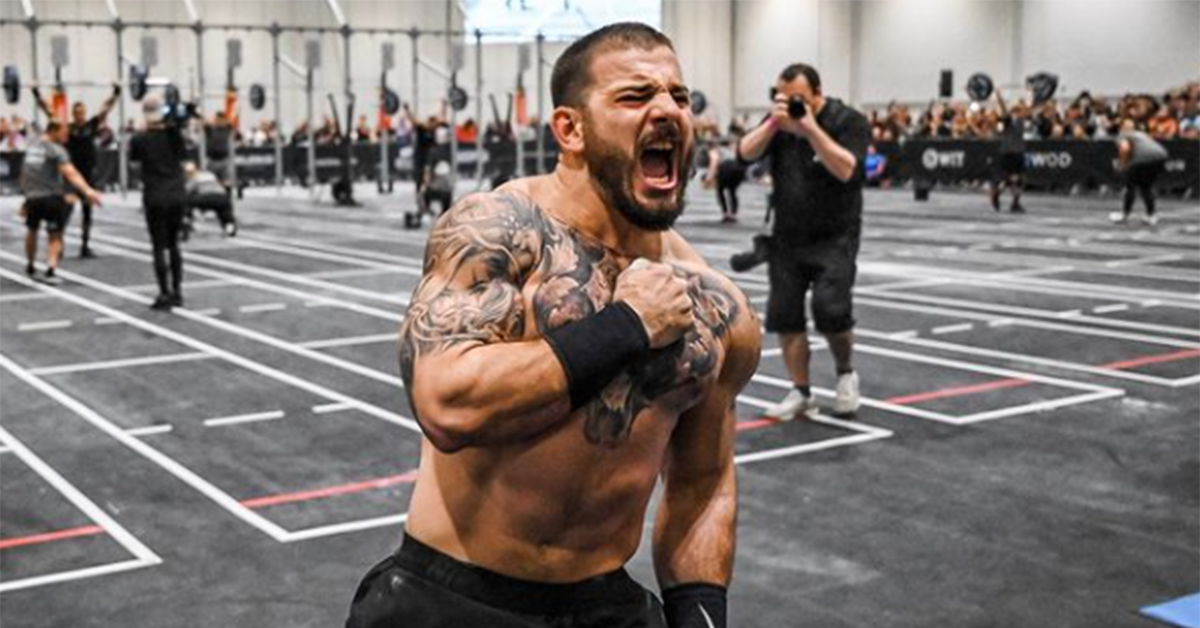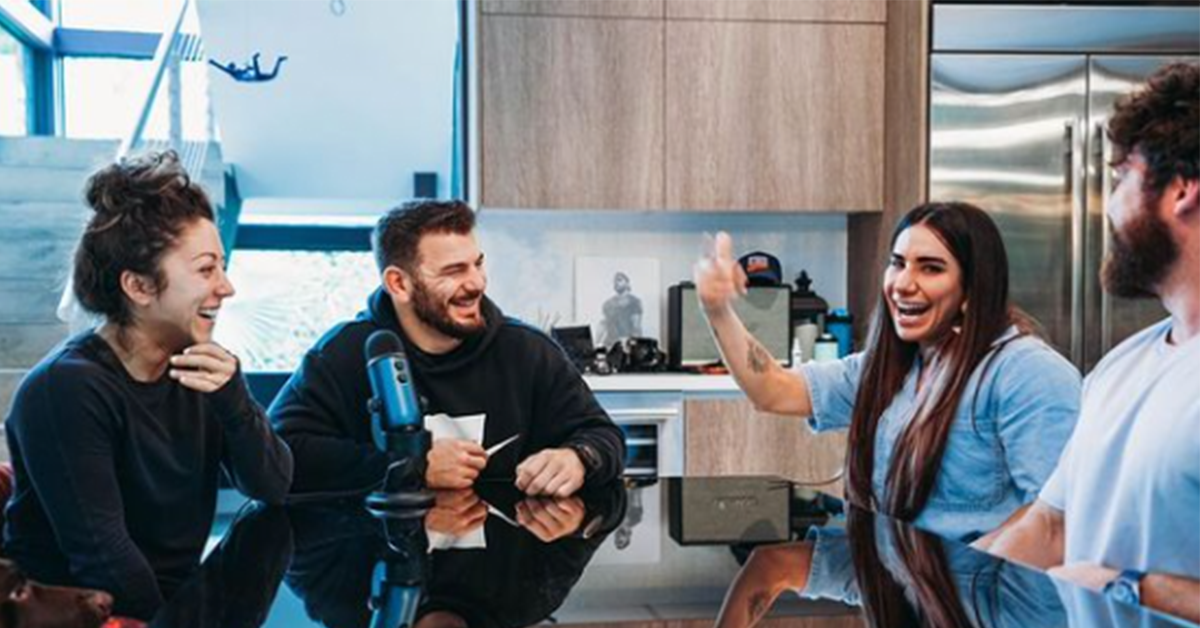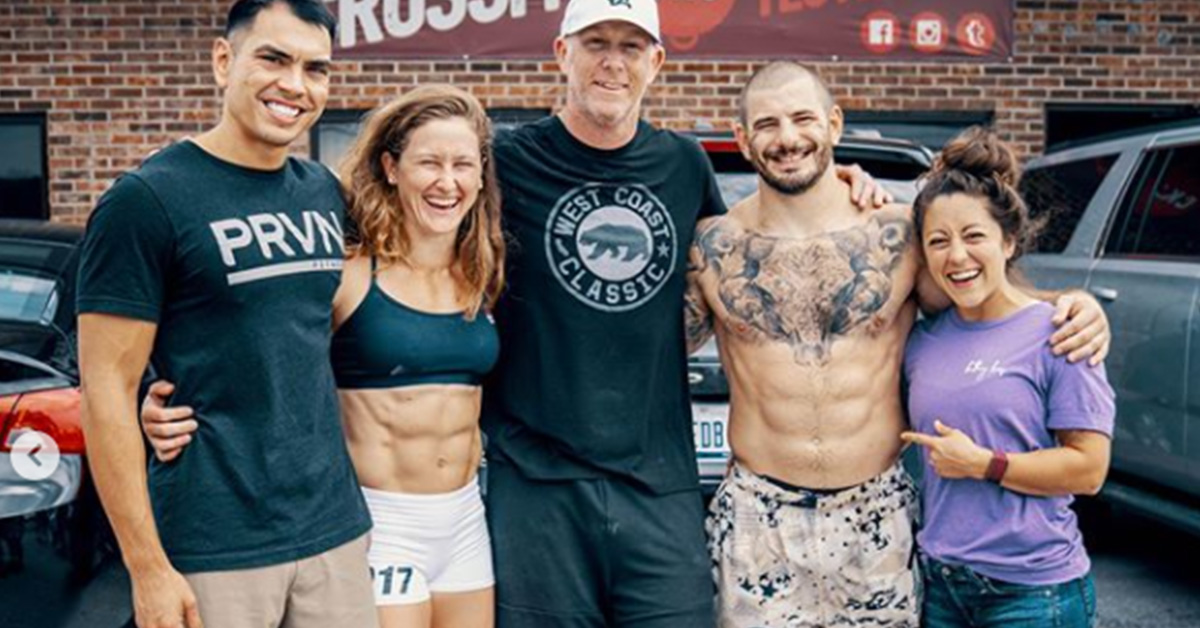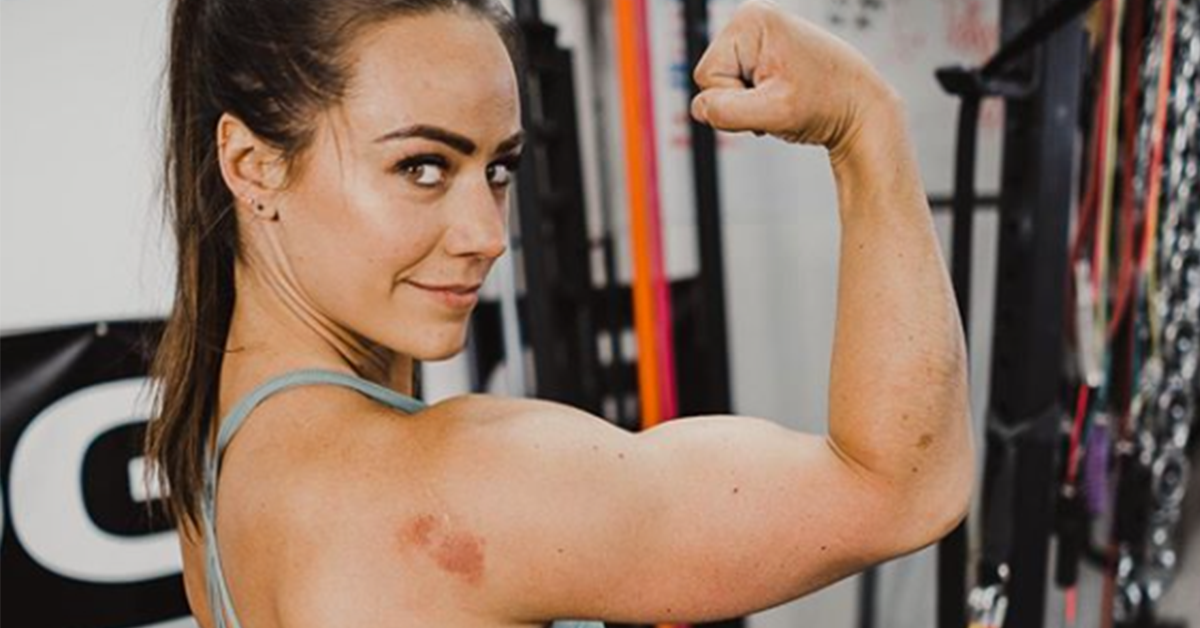Injuries can be devastating, but if these athletes show us anything, it’s that injuries don’t have the last say on athletic pursuits. Prompt treatment, appropriate rest, and a determination to recover are all key to bouncing back. Here are eight athletes who pushed through and ended up even stronger than before.
8 Athletes Who Came Back Stronger After Injury
1. Brooke Ence
Late 2016, Brooke Ence woke up unable to move her neck. The Games athlete — who took 14th place at the 2015 Games and was training in the hopes of making it to the 2017 Games — found herself scaling workouts and visiting a chiropractor three times a week.
She finally had an MRI just as the 2017 Open started. The results: her C6 and C7 discs in her neck were herniated, and the doctor said there was no telling if and when they would move further and sever her spinal cord.
Ence dropped out of the Open and scheduled spinal surgery. Six months later, she did her first handstand push-ups since February of that year. Now, Ence is back in the game and doing better than ever. Nothing is going to stop this gal.
2. Mat Fraser
Before he ever set foot in a box, Mat Fraser was training to compete with the U.S. Olympic lifting team. But in 2009, at 19 years old, Fraser broke his back — two clear breaks in his L5 vertebrae — during a heavy lift. He spent four months in a back brace only to learn that his spine hadn’t healed. The doctor recommended spinal fusion. Fraser took a different route, undergoing an experimental treatment that had a 50/50 chance of recovery. A year later, the athlete, who was told he’d probably never lift again, was back in the weight room.
Soon after his recovery, he wandered into a box to see if he could use their weights. A few weeks into lifting at the box, he finally tried a WOD, which set him on the path to competition and his first-place finish in the 2016 Games.
Since then, it’s safe to say that Fraser has secured his title as one of the fittest men in the world.
3. Camille Leblanc-Bazinet
Sometimes, muscling through pain isn’t an option. This was the case for Camille Leblanc-Bazinet at the 2017 Games. She had been battling an injury in her left shoulder prior to the Games, and during the Cyclocross bike race, she fell and dislocated that same shoulder, tearing her labrum in the process.
After learning that muscle-ups were in the third event, she dropped out of the Games — but she stuck around to watch. In August, she had surgery to repair her labrum. Just five months after her injury, she achieved her first strict ring muscle-up.
These days, LB has hung up her competing shoes and is busy sharing her knowledge with others and coaching people toward reaching their goals.
4. Lauren Fisher
In 2015, Lauren Fisher severely sprained her ankle on the descent of a rope climb when her foot landed awkwardly on the excess rope. She got it checked out and walked with crutches but didn’t wait long before getting back into training.
She pushed through lingering pain in her ankle until 2016. Fisher had it checked out again and found out she had a large tear in her tendons, a bone divot, and loose bone fragments floating around.
She had surgery in August 2016 and has since returned to the competition floor. In 2017, she took first place in the California Regional.
When it comes to reaching great heights, Fisher knows what she’s doing. The competitor, coach, and business owner never stops climbing the ladder of success.
5. Scott Panchik
When Scott Panchik’s dad introduced him to CrossFit in 2009, Panchik was recovering from reconstructive knee surgery. A running back for his college football team, Panchik started using training to rehab his knee. A couple years later, he signed up for the 2012 Open for the first time and took fourth place in the world.
This was not the end of his injuries: in 2014, he had surgery on his shoulder; in 2015, after rupturing his plantar fascia at the Games (and taking sixth place), he had surgery on his foot. But an injury in one part of his body doesn’t keep him from exercising the rest. After his foot surgery, he returned to the 2016 Games and took sixth place again.
Panchik’s perseverance is one of the reasons why he’s become a household name in the world of functional fitness.
6. Julie Foucher
In 2015 at the Central Regional, Julie Foucher ruptured her Achilles tendon in the middle of box jump-overs. She had already decided 2015 would be her last year competing, but the injury forced her to reframe her focus sooner.
Foucher finished the competition — her handstand walk with her foot in a boot is an iconic moment in the sport’s history — and she ultimately took eighth place. Though she has stepped away from competition to focus on her medical career, she still trains to keep herself in top shape and also serves as an expert leader in the industry.
7. Maddy Myers
Age is nothing but a number, and Maddy Myers is proof of that. At just 18 years old, Myers went to the 2015 Games. She withdrew after collapsing during the opener, Murph, and learning she was suffering from renal failure and rhabdomyolysis. In 2017, wrist surgery put her in recovery mode once again. She refuses to let anything stop her, though, and always reminds herself of the bigger picture.
It’s not just her athletic prowess that impresses, but her incredible attitude and mindset, too.
8. Jacob Heppner
Last year, before the Open, Jacob Heppner found himself unable to squat to parallel because of pain in his knee — the same knee he’d had ACL and meniscus surgery on in college.
A check-up with the doctor revealed bursitis or inflammation in the joint. His knee needed rest.
When the first Open workout was announced, he tried to do it but found the burpee box jump-overs excruciating. He had pushed through injuries before — in college, he finished a season of football with an injured ACL — but it hadn’t been worth it then, so this time, he decided to step back.
Heppner dropped out of the 2017 Open, rested his knee, and a few months later, completed all six Regionals workouts in one day of training. Needless to say, he came back stronger than ever.
Injury isn’t easy. In fact, in can be downright heartbreaking. But with a positive attitude, smart approach, and serious work ethic, you can overcome anything.
Shop with The WOD Life today.
Main image: Brooke Ence/Instagram

